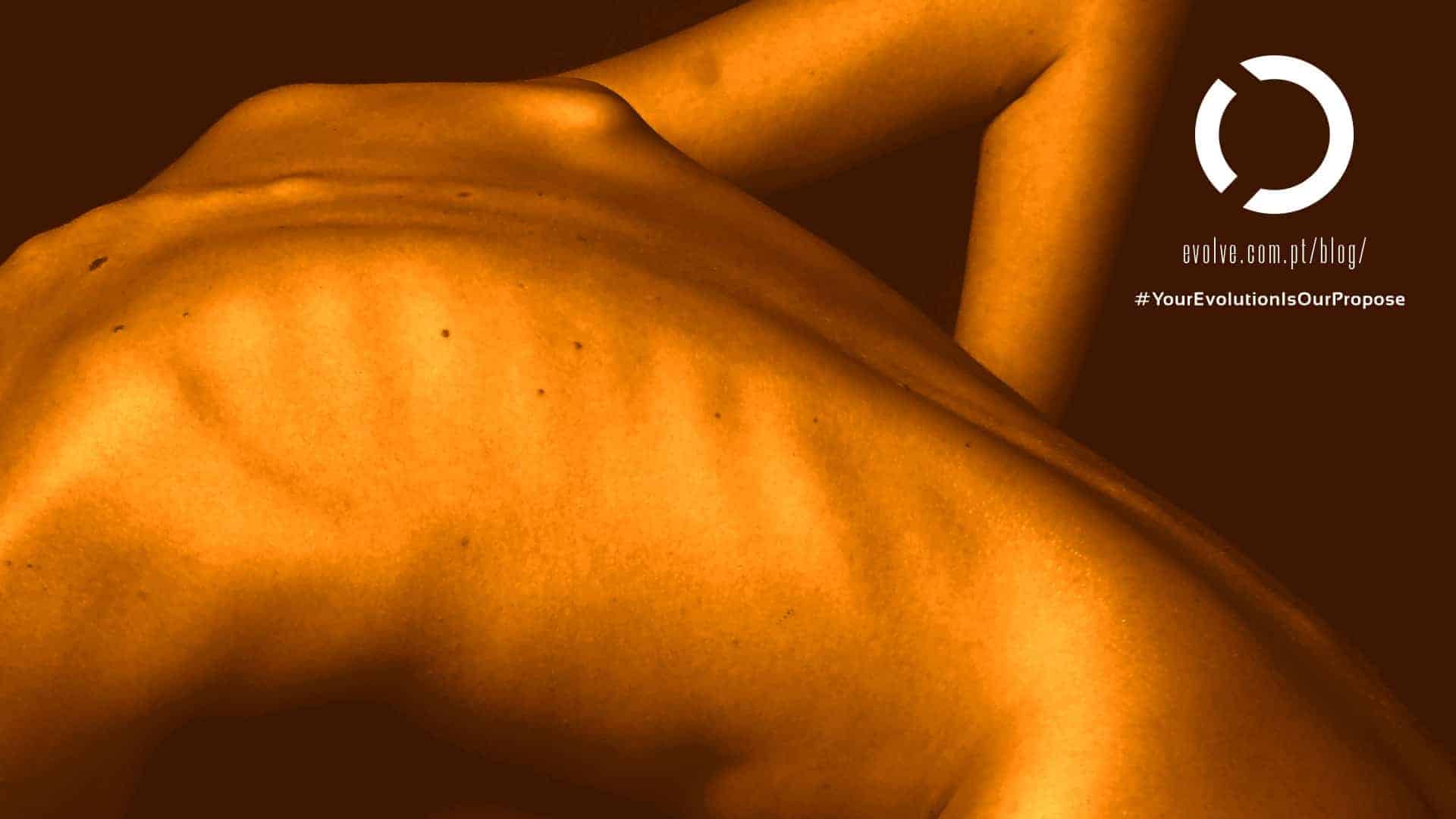
LIVING WITHOUT BACK PAIN
Back pain has become one of the most common problems in our society, affecting about “80% of the population” (COSTA E PALMA, 2005).
Data show that, in 2008, in Portugal, more than 420 thousand hours of work were lost due to spinal problems, with some of the most serious cases being; scoliosis, kyphosis, lordosis, herniated discs, osteophytes, spondylolisthesis, neck pain, spina bifida, low back pain.
Isn't this a scary number? But why do we have so much back pain?
The spine is responsible for the balance, support and movement of our body.
The muscles surrounding the spine are responsible for the protection of its structures, and most of the time, this function is compromised by the hypotonia of these same muscles, resulting from the inappropriate use or disuse of this musculature. (COSTA and PALMA, 2005).
Data reveal that:
• 30 to 50% of the pressures exerted on the lumbar and thoracic discs could be reduced by strengthening the abdominal and thoracic stabilizing muscles. (IKEDO and TREVISAN, 1998).
• The association of the practice of physical activity with the intention of strengthening the deep musculature of the trunk, through resistance exercises, can enhance the increase of endorphin levels at the end of training and reduce central and peripheral pain (Costa, Denílson da, & Alexandre, Palma. (2005))
Thus, the importance of physical activity with the Intuito of strengthening the deep muscles of the trunk and core (abdominal, paravertebral, gluteal, diaphragm and pelvic floor) muscles is remarkable in the rehabilitation of injuries related to the spine.
Several methods have emerged with a view to treating problems related to the spine, among them, the Joseph Pilates method, which is based on six principles: breathing, control, concentration, joint organization, movement flow and accuracy. (BERTOLLA, et al., 2007).
Resistance training methods have also been studied in the rehabilitation of chronic low back pain, and it has been concluded that this type of training has a clinically tested effect.
Second, Costa, Denílson da, & Alexandre, Palma (2005), the choice of free weight exercises, such as squats, dead weight, 4-support glutes, are recommended exercises for some cases of spine problems, since they exercise the spine erectors, keeping the core in isometric contraction and the pelvis in a neutral position.
In conclusion, having back pain is not synonymous with stopping physical activity, but a reason to detect the problem in question, to seek a professional in appropriately specialized physical exercise, in order to treat the injury in the most correct and individualized way possible. Because each body and each injury is recovered in a different way and not every exercise that seems correct for a certain individual, will be the most suitable for another individual with another or even the same pathology.
Come on, take care of our back!
Good training,
Carolina Coelho
